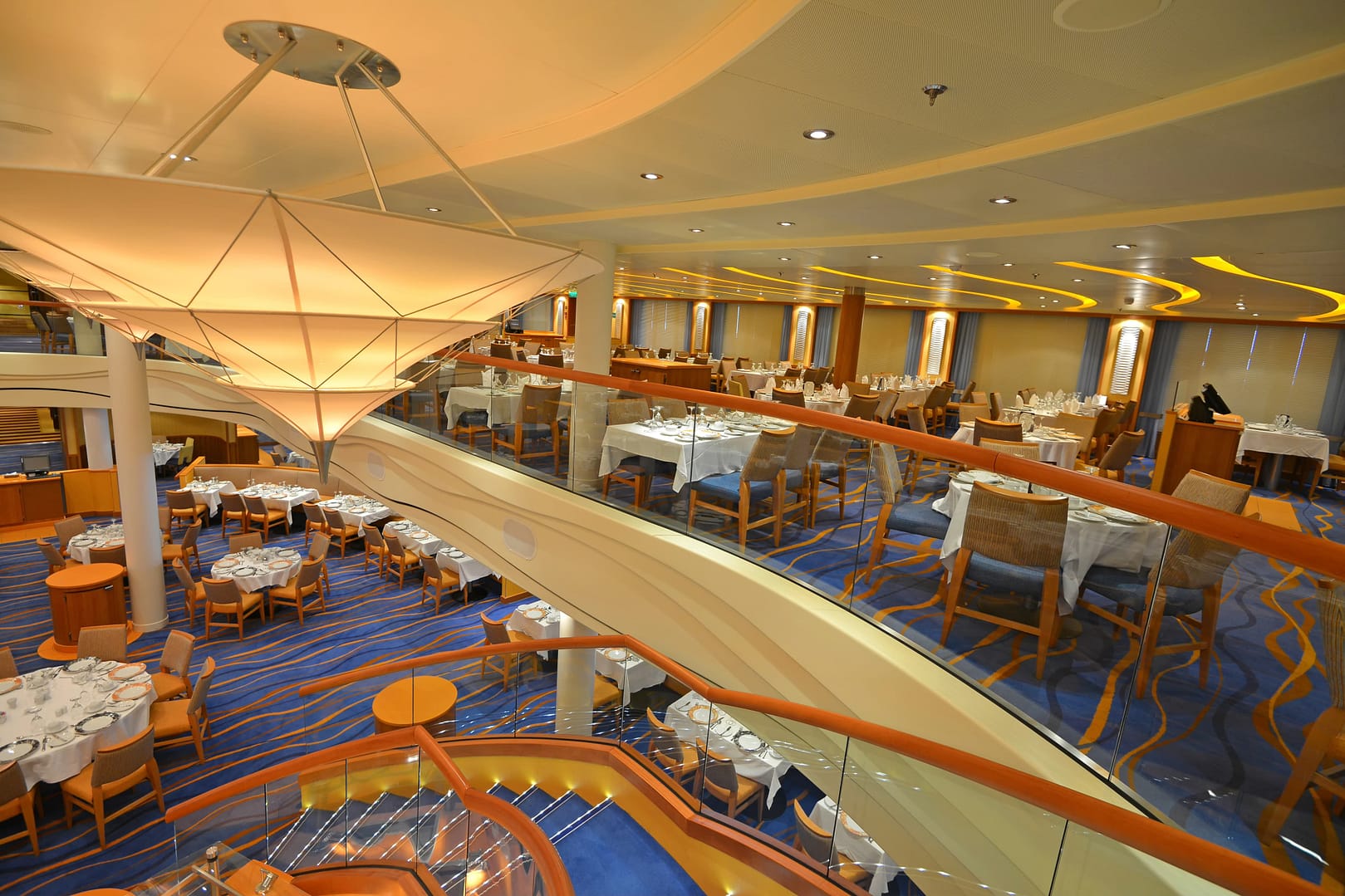Dreaming of finally taking that cruise vacation you’ve pinned to your vision board for years, but are terrified when you start pricing things out that you’ll have to sell a kidney on the black market to actually afford it? Fear not! Cruising doesn’t have to require taking out a second mortgage or liquidating your retirement fund, despite what the photos of couples drinking champagne on the Lido deck might imply.
Unless you have your heart set on enjoying Dom Pérignon at the captain's table each evening, cruises can actually be surprisingly affordable if you avoid the suites with 24k gold bathtubs and plan things strategically. We should know—we're certainly no heiress and have made cruising work on a teacher's salary for years!
In this post, we’ll break down what truly impacts the mighty dollar signs on cruise price tags, from choosing an inside stateroom over a balcony (you won’t be in your room much anyway, take our word!) to traveling in the off-season for cheaper rates (Caribbean in September over Christmas? Yes please!). We’ve picked up all the best insider tips for finding budget-friendly cruises after years of trial and error on our own voyages of financially conscious fun.
Here’s a peek at what we’ll cover:
- Justifying cheaper interior rooms vs pricier balcony staterooms
- When “discount seasons” actually offer the best value
- Laughing in the face of single supplements
Follow along for money-saving cruise intel that can make that long-awaited vacation finally happen without requiring costly compromises like hocking family heirlooms. Bon voyage on a bargain!
So, how much does a cruise cost?
Depending on your travel needs, a cruise can vary significantly in price. For example, you may need to pay for parking at the port, which can cost upwards of $20 per day. Alternatively, you may need to pay for a hotel in the port city, which can cost up to $100 per night. You may also need to pay for meals while in port.
The price of a cruise can vary greatly depending on the type and length of the trip. Some cruise lines offer packages that include shore excursions, booze, and service charges. For example, a Holland America cruise package may include one shore excursion, a signature drink package, specialty dining, Wi-Fi, and one shore excursion. If you'd like to see more, you can select a longer cruise. Depending on your budget, you can also choose to purchase shore excursions individually.
While cruising is an indulgence, you'll need to budget for the costs of excursions, port activities, and on-board shopping. Aside from the cost of onboard food and drinks, you may also need to pay for taxis to and from the ports. In addition, the cost of alcohol, specialty coffee, and on-board entertainment may increase the cost of a cruise.
What's included in the base fare with a larger cruise line?

When planning a cruise, it is essential to understand what's included in the base fare. Certain activities and restaurants may require an additional fee. Cruise lines vary in their inclusions, with some offering lower rates for three or more passengers per stateroom. Cabins on most large cruise lines offer similar amenities and facilities, while smaller luxury lines may offer more amenities and fewer extras. A base fare generally includes a cabin with a bathroom, desk, closet, TV, and telephone. Some cabins may have limited storage space, but some provide folding storage boxes for larger items.
Some cruise lines are luxury, meaning you'll enjoy more services, and amenities, including specialty dining, bars, and dancing. Some of these features are included in the base fare of luxury cruises, while others may require additional purchases. Many large cruise lines also waive gratuities.
Solo travelers may pay more

Solo cruisers have a lot of advantages over traveling with a group. For one thing, they have a lot more freedom to make changes to their cruise plans. They also don't have to worry about keeping up with other people's schedules and activities, which can be stressful. During the shutdown, cruise lines lost money, so they'll be eager to rebook passengers and increase prices. Solo travelers will have a harder time finding cruises without supplements, but if they do, they may be able to get a discount by booking months ahead of time.
The cost of a single supplement can add up to 150% to 200% of the standard double-occupancy fare. Many cruise lines offer a reduced single supplement or even waive the single supplement during special promotions.
Kids cruise free promotions can help families save

Many cruise lines offer kids sail-free promotions to encourage families to embark on a family cruise. These offers are typically good for new bookings and can be a great way for families to save on cruise costs. There are many ways to take advantage of this promotion, and you can find a variety of itineraries on different cruise lines.
If your family is able to afford it, consider booking a suite on a cruise. A suite is often cheaper per person than a lower cabin. You can also take advantage of some kids' cruise-free promotions during the holiday season. For example, some cruise lines offer free sailings to the Caribbean during the spring, summer, and fall.
Another way to save money on a cruise is to check with travel agents for promotions. Many of these cruise lines offer kids sail-free promotions on select sailings. It's a great idea to book early so that you can take advantage of these deals. By getting the best prices early, you'll be able to make a much more affordable family vacation.
Food and beverage packages are another expense to consider

A drinks package can save you money when you're on board a cruise ship. Many beverage packages include unlimited nonalcoholic beverages as well as alcoholic beverages. This is an important consideration for travelers because many people choose to drink large amounts of both non-alcoholic and alcoholic beverages while on board a cruise ship. In addition, many beverage packages include gratuities. Depending on the type of beverage package you choose, you might be surprised at how much money it will save you.
Beverage packages vary greatly among cruise lines. Some offer multiple bottles of wine or beer for a discounted price. Some packages also allow you to bring your own wine and soda, but you may need to pay a corkage fee if you'd like to bring wine with you. Most drink packages don't include bottled water.
You can opt to purchase a beverage package for each of your staterooms. These packages usually include all of your food and drinks. However, some cruise lines have specific rules for sharing a beverage package. To prevent sneaky sharing, you must order a package for every adult in the stateroom. However, this rule may discourage light drinkers from purchasing these packages.
Additional costs on a cruise ship

When planning your cruise, you may want to think about the additional costs that are not included in the cost of your ticket. Some cruise lines charge extra for shore excursions, specialty restaurants, and fitness classes. The prices for these services will be listed in the fine print of your contract. You should also check with your cruise line to see whether there are any discounts for solo travelers.
Port taxes are not always included in the advertised fares and can cost as much as $100 or more per person. The same is true for government fees, which are usually not included in the list rate. Transfers can also be expensive, requiring you to pay an additional fee. In addition to these costs, you should be aware of the availability of free and low-cost options on the ship.
Drinks are another area to watch out for. Even sodas can add up quickly, and even small bottles of water may cost up to $4 each. Some cruise lines offer drink packages, which can help reduce the costs of drinking. A non-alcoholic beverage package will cost you about $9, and an alcoholic beverage package will cost between $50 and $60. You should also be aware that specialty restaurants and activities may charge extra.







